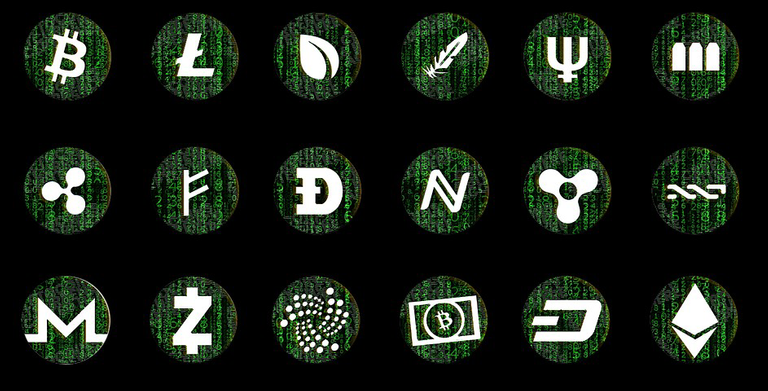Today the topic I chose to discuss is very important ICOs and STOs. Initial Coin Offerings (ICOs) and Security Token Offerings (STOs) are two methods of raising funds in the world of cryptocurrencies and blockchain technology. Both ICOs and STOs involve the issuance of digital tokens, but they differ in terms of the regulatory environment and the type of assets being offered.

ICO: An Initial Coin Offering (ICO) is a fundraising mechanism in which a company or organization creates and sells a new cryptocurrency or token to the public. These tokens are often issued on the Ethereum blockchain and can be used to access a product or service the company plans to offer. ICOs have been used to raise millions of dollars for new projects, but they are also known for their lack of regulation and high risk of fraud.
STO: A Security Token Offering (STO) is a regulated form of fundraising that involves the issuance of digital tokens that represent ownership in an underlying asset, such as a stock, bond, or real estate. These tokens are backed by real-world assets, and their value is tied to the performance of these assets. STOs are subject to federal securities laws and regulations, and they are typically only available to accredited investors.
The regulatory environment for ICOs and STOs is an important consideration for investors. ICOs are largely unregulated, which means that there is a higher risk of fraud and mismanagement. In contrast, STOs are subject to federal securities laws and regulations, which provide a higher level of protection for investors.
The type of assets being offered is also an important consideration. ICOs typically offer tokens that can be used to access a product or service, and their value is tied to the success of the project. In contrast, STOs offer tokens that represent ownership in an underlying asset, and their value is tied to the performance of that asset.
One of the main advantages of ICOs is their ability to raise large sums of money quickly. Because they are unregulated, there are fewer barriers to entry for investors, which makes it easier for projects to raise funds. However, this also means that there is a higher risk of fraud and mismanagement.
STOs, on the other hand, offer a higher level of protection for investors, but they are also more complex and time-consuming to launch. Because they are subject to federal securities laws and regulations, projects must go through a rigorous process to ensure compliance. This can make it more difficult for projects to raise funds, but it also provides a higher level of protection for investors.
In conclusion, Initial Coin Offerings (ICOs) and Security Token Offerings (STOs) are both methods of raising funds in the world of cryptocurrency and blockchain technology. ICOs are unregulated and offer tokens that can be used to access a product or service, while STOs are regulated and offer tokens that represent ownership in an underlying asset. Investors should consider the regulatory environment and the type of assets being offered when evaluating ICOs and STOs. While ICOs may offer the potential for quick returns, STOs offer a higher level of protection for investors.
If you like the post, please don't hesitate to comment, vote and promote.

Posted Using LeoFinance Beta